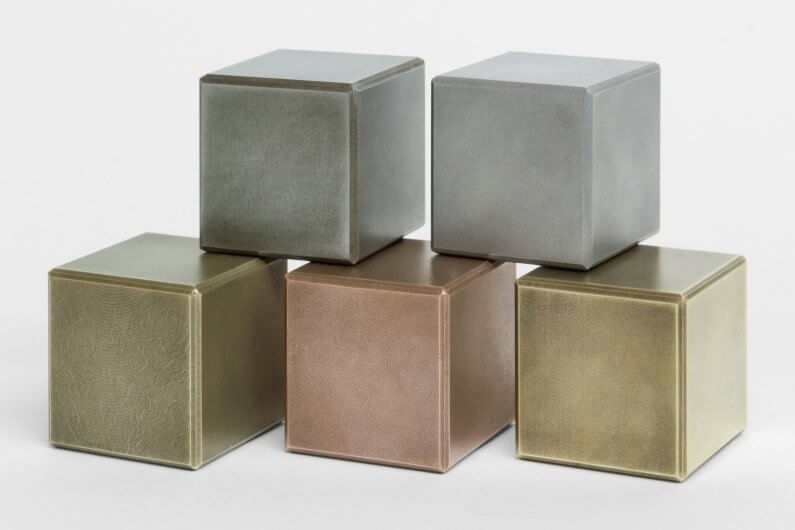Factors that Influence CNC Turned Parts
CNC (Computer Numerical Control) machines are used to create turned parts with extreme precision. These machines are programmed to follow a set of instructions that tell them how to cut and shape the material. This process ensures that each part is exactly the same as the one before it, which is critical for precision engineering applications.
In CNC turning, the workpiece rotates around a cutting tool to create a precision part. CNC turned parts can be used in many industries, from automotive to aerospace. In many cases, they are used to create components that are too small or too delicate to be made through other manufacturing methods. Due to their high accuracy and repeatability, CNC turned components are often used in critical applications where failure is not an option. For these parts, design considerations are critical to the success of the finished product. This article will discuss the five most important design considerations for CNC turned parts.
1.Material Selection
The materials used for CNC turned parts can greatly affect the overall design. For example, metals such as aluminum and brass are soft and ductile, making them easy to machine. However, they tend to be less strong and durable than harder materials such as steel or titanium. To make the best choice, one must consider the application and desired properties of the part, as well as the specific capabilities of the CNC turning process.
CNC machining materials must be strong enough to withstand machining forces, but they also need to be heat and wear resistant. Additionally, the material must be compatible with the coolants and lubricants used during machining. Failure to select the correct material can result in part failure, expensive repairs, or even injury.
2.Tolerances
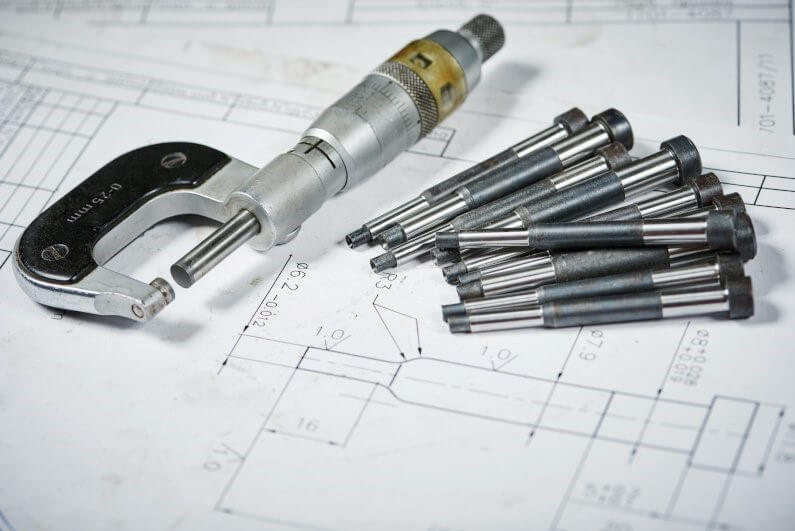
In any CNC turned part design, certain hidden risks will always result in the part being out of tolerance. The causes of these risks can vary, but they can usually be traced back to the design of the part itself. To minimize the risk of problems, designers must fully consider machining tolerance issues in their designs.
If the dimensions are too tight, the desired effect may not be achieved. If the dimensions are too loose, the fit and function of the part may be affected. Therefore, a balance must be struck between these two extremes. The best approach is to use tolerances that are appropriate for the application. For example, precision parts often use tight tolerances, while looser tolerances are more forgiving and help reduce costs.
3.Surface Finish
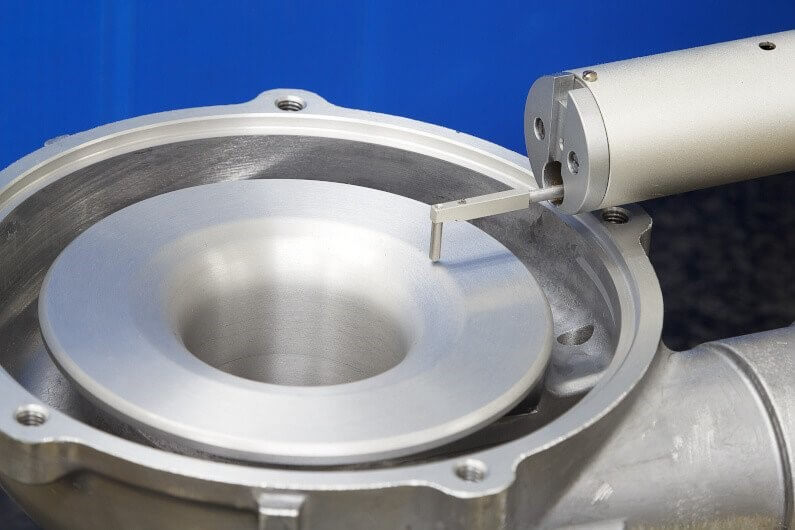
Surface finish is an important factor to consider when considering the design of a CNC turned part. Achieving the desired surface finish can be a challenge, and the wrong material or tooling choice can lead to poor results. Components with poor surface finishes can present a number of issues, including increased friction, excessive wear, and reduced aesthetics.
Conversely, components with a high-quality surface finish will run smoother, more efficiently, and look more attractive. When choosing a surface finish for a CNC turned component, it is important to consider the requirements of the application. For example, for internal components that are not seen, a rougher finish may be acceptable, while for visible external components, a smoother finish may be required.
4.Threading and Grooving
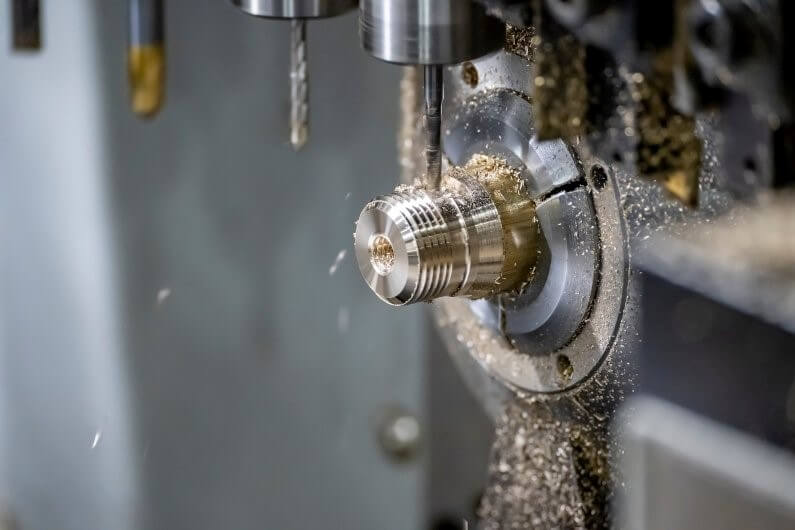
When designing precision CNC turned components, it is important to consider the threading and grooving processes. Threading provides a way to secure two components together by interlocking them together, while grooving allows for a smooth transition between two surfaces. When used in combination, these two features can help create a more durable joint that can withstand higher loads.
Additionally, these features can be used to improve the aesthetics of a part by hiding the joint or creating interesting patterns. Therefore, incorporating these features into the part design can help improve the safety, durability, and performance of your product.
5.Wall Thickness
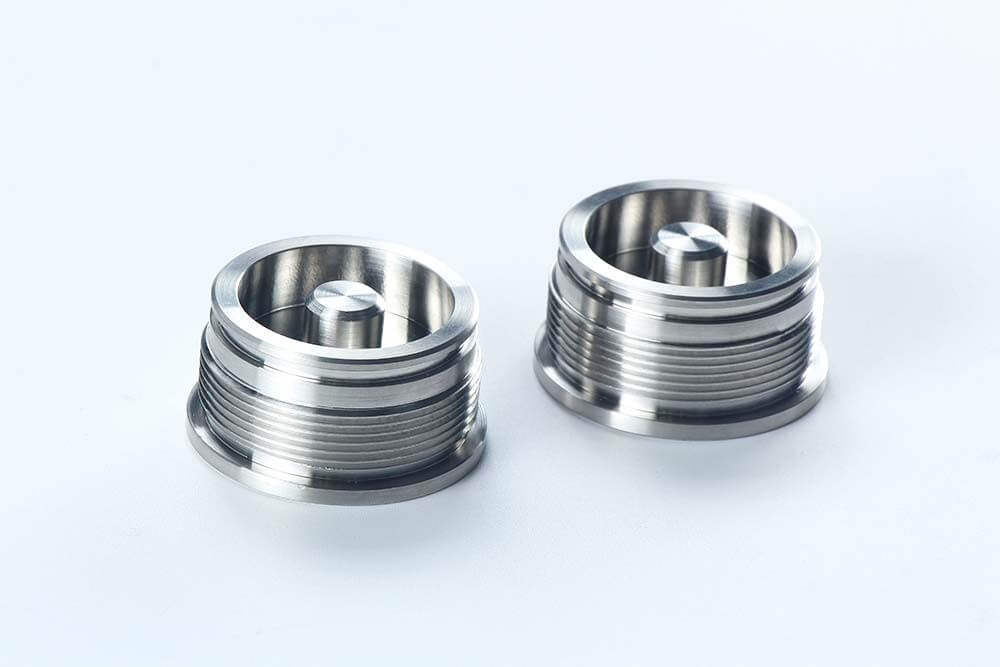
Wall thickness is another factor to consider when designing CNC turned parts. If the wall thickness is too thin, the part may be brittle and prone to breaking. However, if the wall thickness is too thick, the part may be too heavy and difficult to handle.
The ideal wall thickness for a CNC turned part depends on the material used and the strength required for the finished product. But in general, a good rule of thumb is to keep the wall as thick as possible while maintaining strength and durability. By paying careful attention to wall thickness, engineers can ensure that the part is both strong and cost-effective.
6.Learn about our CNC Turning Services
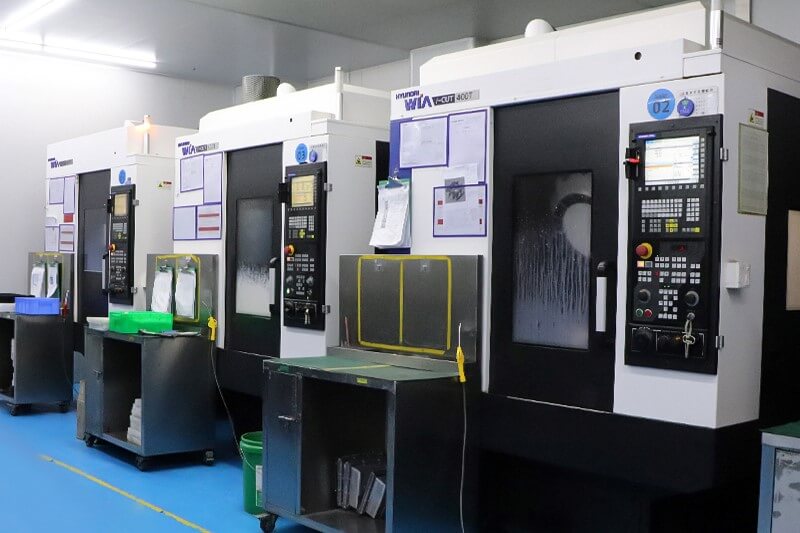
Xavier offers a comprehensive range of CNC turning services, which are essential for producing high-precision parts. We utilize a variety of precision machines to produce small, medium, and large parts with the highest accuracy. Our engineering team has extensive experience in CNC programming to produce parts to meet your specific requirements. In addition, we have a variety of finishing options that can be applied to your parts to give them a perfect finish. Whether you need one part or a million, Xavier is your one-stop shop for all your CNC turning needs.
